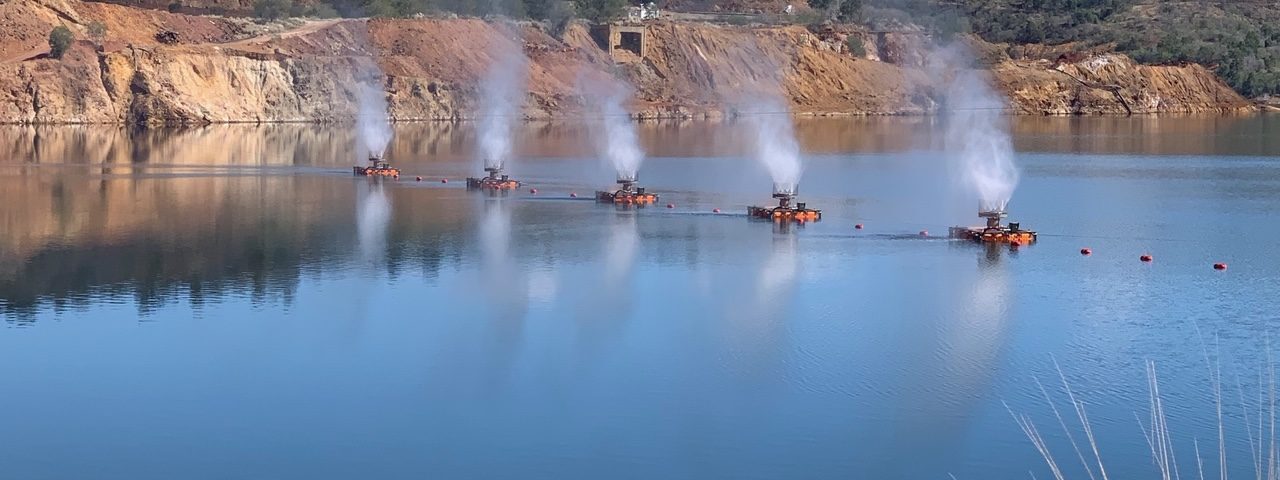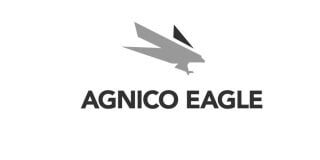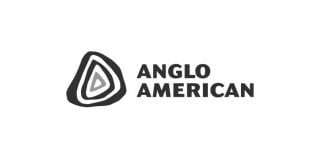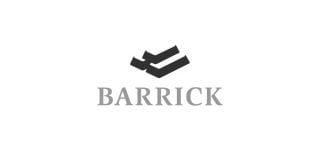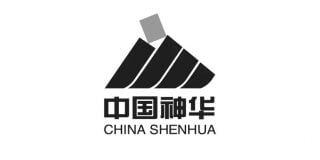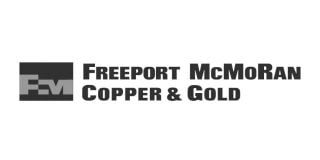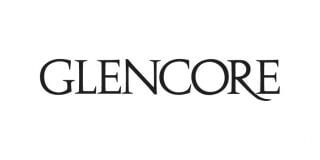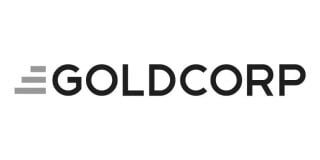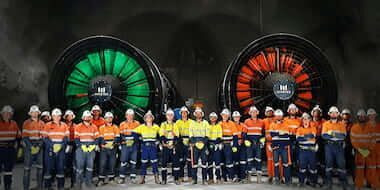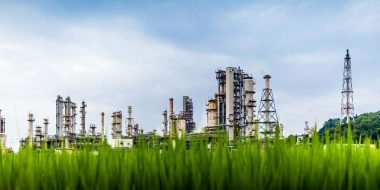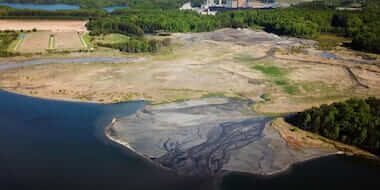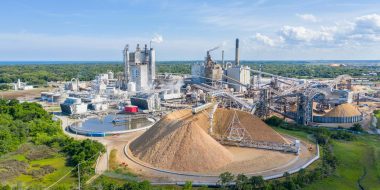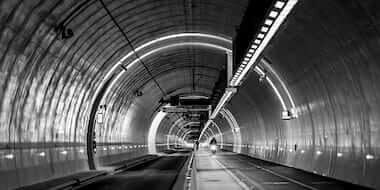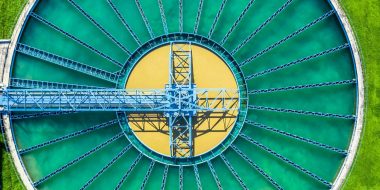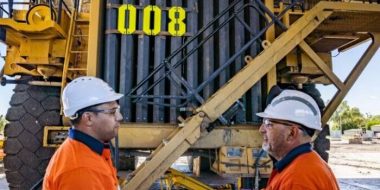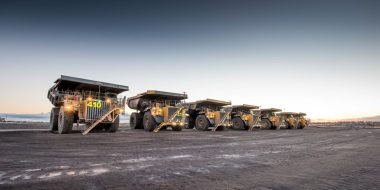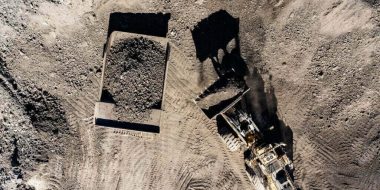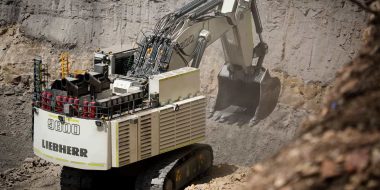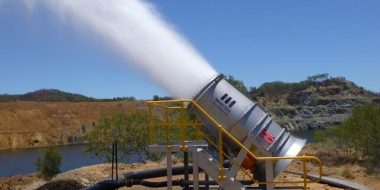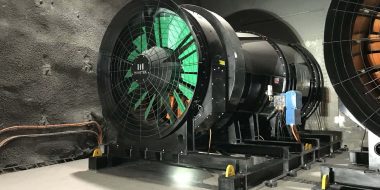The water that we use in our homes comes from a variety of sources, including surface water (lakes, rivers, and streams), groundwater (aquifers), and municipal water supplies. Depending on the source, water may be contaminated with a variety of impurities, including bacteria, viruses, heavy metals, chemicals, and dissolved minerals.
Industries such as mining, energy and power, textile, oil, gas and petrochemical require wastewater treatment for their operations. They use water in large volumes for various purposes such as cooling, boiler feed, process requirements etc. The wastewater generated from their operations contains a variety of impurities including dissolved minerals, suspended solids, oil and grease, heavy metals, and chemicals.
Water evaporation is a process where water is converted from its liquid state to water vapour. This can happen through either natural or man-made processes through technologies such as water evaporators. Water treatment, on the other hand, is the process of making the water suitable for use. This can involve filtration, purification, and/or disinfection.
Water treatment
Treating water involves removing harmful constituents and making it safe for human consumption. Water treatment is important for both drinking water and wastewater. The goal of wastewater treatment is to produce clean water that can be released back into the environment safely. In order to release water back into the environment, it must meet certain water quality standards. Each state or nation has guidelines in place to help mitigate risks to public health and the environment.

Wastewater treatment is a great environmental solution for saline, brine, acid, caustic or mine-affected water. Water treatment can take many different forms, depending on the type of water being treated and the desired outcome.
Both water evaporation and water treatment are important for different reasons. Water evaporation is important for removing water from surfaces or areas where it is not wanted. On the other hand, water treatment is almost always done in order to make water safe for human consumption or environmental dispersion. Water treatment can be done through various methods, including filtration, reverse osmosis, ultraviolet purification, and distillation.
Water filtration
Filtration is a process that removes particles from water by passing it through a filter. There are many types of filters, such as activated carbon filters, cartridge filters, and sand filters.
Reverse osmosis treatment
Reverse osmosis is a process that removes dissolved substances from water by passing it through a semipermeable membrane.
Ultravoilent water purification
Ultraviolet purification is a process that uses ultraviolet light to kill bacteria and other microorganisms in water.
Water distillation
Distillation is a process that removes dissolved substances from water by evaporating it.
Wastewater treatment – advantages & disadvantages
There are many advantages of wastewater treatment such as:
- Removing harmful contaminants from the water which could cause serious health problems with fast reaction rates
- Chemical reactions don’t produce excess sludge or spent carbon
- Ensure the water is safe to drink and also remove any unpleasant taste or smell.
- Making the water suitable for different purposes such as irrigation, industry, and domestic use.
- Removes at least 98% of organic contaminants

However, there are also some disadvantages of water treatment, such as:
- Requires a significant amount of electrical energy
- Long lead time implementing this solution, typically it’s around 3-4 months
- Constant maintenance with cleaning and replacement parts required
- Costs – It can be expensive to treat wastewater with OPEX costs at $2 per m3 of treated water
- Chemicals are required to treat wastewater, with chemicals such as Chlorine linked to cancer
- Unable to manage changes in water quality input
- The water treatment chemical process must target specific contaminants
- Large amounts of peroxide and chemicals are used in treating wastewater
- The process only removes organic material
Water evaporation
Water evaporation is a natural process where water is converted from liquid to vapour. This can happen through either man-made or natural processes. One example of a man-made process is water desalination, where salt and other minerals are removed from seawater to make it potable.
Natural water evaporation happens when water is heated by the sun or wind, causing it to change state from liquid to vapour. This process is responsible for the formation of clouds, as well as precipitation such as rain and snow.
Mechanical water evaporation is another process that can be used to remove water from surfaces, dams, and tailings storage facilities. This is often done in order to prevent corrosion or dispersion of harmful metals and chemicals into the environment.

Mechanical water evaporators
The MINETEK evaporators employ a process known as Mechanically Enhanced Evaporation (MEE). Evaporation is enhanced by the MINETEK Evaporator primarily by two means. The feed water is delivered at high pressure to a series of fracturing nozzles. This produces millions of droplets per second, resulting in a massive increase in surface area, much greater than could be practically achieved by an evaporation pond.
MINETEK’s evaporators also employ a fan to increase the wind speed to more than 150 km/h, thus increasing the Evaporation Rate well beyond that of the ambient Pan Evaporation Rate (PER) (to which evaporation ponds are limited). In lamens terms, MINETEK has taken a natural process (solar evaporation from the sun) and mechanically enhancing it through the use of the Mechanical MINETEK evaporator.
Mechanical water evaporation provides a significant range of benefits when compared to water treatment including:
- It is a natural process that does not require chemical pre-treatment
- It is very efficient at removing water from surfaces
- Significant CAPEX savings
- OPEX savings at $0.20 per m3 evaporated
- No waste stream
- No operator required
- Quick deployment of systems
- Very low maintenance
- No moving parts
- Not susceptible to changes in feed water quality
- Minimal footprint and power required
- Evaporators a very mobile and robust
- However, there are also some disadvantages of mechanical water evaporation, such as:
- Time – it can be a slow process evaporating large quantities, making it a great long-term water management solution.
- Not suitable for applications where water needs to be removed quickly, such as during flash flooding.
Water evaporation vs water treatment – mini case study
A mining client of MINETEK located in the cold seasonal climate of Canada is looking to utilise up to 50 x 600/300 evaporators. This system would be evaporating 9800 GPM in that particular climate. The cost for the evaporators would be in the vicinity of US $23,000,000.00. The alternative for them would be to increase their water treatment capacity. The cost to do this at their mine site would be around US $100,000,000.00. Therefore, the costs associated water evaporation costs are 5 x less, presenting immense value and provides significant CAPEX & OPEX savings across the board. Especially when compared to traditional water treatment or the construction of new dams.

Client comparison
- Water treatment – Treating 15 ML/day CAPEX USD $40,000,000.00
- MINETEK Evaporation System – Evaporate 15 ML/day CAPEX USD $4,030,856.00
- Approx. CAPEX savings = USD $35,969,144.00
One of the key benefits of the MINETEK evaporators is that the technology enables some of our clients to defer, reduce the size of tailings or storage dams; defer TSF lifts or eliminate the need to construct the new dam altogether.
As we know the cost to construct or raise a TSF or storage dam is extremely capital intensive. One such example is a recent gold mine client who has a capital of cost of US $25 million per year to raise the TSF.
The alternative to raising the dam was to implement a Minetek evaporation system to draw down the water level and in turn defer the TSF lift for a number of years.
- Cost per year to raise tailings dam = USD $25 million
- Cost for Minetek Evaporator system USD $3.5 million
- Year one savings = USD $21,509,048.00
- Year two savings = USD $46,509,048.00
- Year three savings = USD $71,509,048.00
Based on the above capital cost estimate and compared with the capital cost associated with raising the dam wall the cost savings are significant.
Minetek water evaporators
The MINETEK evaporation system functions by discharging water through a unique and patented water fracturing nozzle. This nozzle is designed to achieve the correct water molecule size by fracturing, to maximize performance via droplet reduction and direct water fragmentation. The water is then injected into a high volume/high-velocity air stream to propel it into the atmosphere. Enhancing hang time and exposure to external- ambient elements.
This is a continual process with the ambient air being replenished via a high-performance vane blower unit within the Evaporator. Drawing air from fresh ambient surroundings to maintain and achieve the highest possible evaporation.

Our evaporation technology can help you to avoid building another water treatment plant or at the least build a much smaller one. Water treatment is always expensive and in the current climate, the costs are going through the roof with raw materials for the CAPEX and also OPEX costs for the consumables. View our full range of floating and land-based evaporators models.
Interested in learning more about our recent water management projects or water evaporation case studies? Discover how you can save millions of dollars in water treatment costs by leaving your details below.
